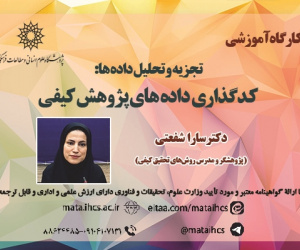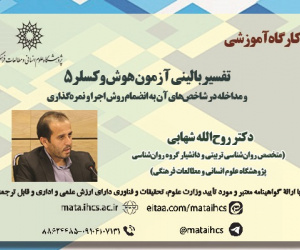ارزیابی و نقد تساوی انگاری جایگاه فقهی حقوقی زن و مرد در آیات قرآن
آرشیو
چکیده
این مقاله به بررسی جایگاه فقهی-حقوقی زن و مرد در آیات قرآن پرداخته و با نگاهی تطبیقی به وضعیت زن در تمدن های پیشین (حجاز، یونان، روم، هند، ایران) و جوامع غربی معاصر، تفاوت های بنیادین نگرش اسلام را با دیگر مکاتب تبیین می کند. نویسنده با رویکرد توصیفی تحلیلی و استناد به آیات قرآن و روایات، اثبات می کند که اسلام زن را نه به عنوان ابزار یا موجودی فرودست بلکه به عنوان موجودی دوبعدی (جسمانی و روحانی) با حقوق مساوی در عرصه های عبادی، اخلاقی و اخروی می نگرد و شبهات مطرح شده در برخی مقالات و گفتگوها مانند «قوامیت مرد، مشورت با زن، ارثیه زنان، عده وفات و تعدد زوجات» به جهت یک جانبه نگریستن به آیات و روایات بوده و هیچ کدام با اصل برابری زن و مرد منافات ندارد. علاوه اینکه توجه بیشتر به جنس مرد در این مفاهیم به معنای برتری ذاتی وی نیست بلکه ناشی از تقسیم وظایف طبیعی و مسئولیت های مالی مرد در خانواده و نیازهای فردی و اجتماعی هر دو است. نمونه هایی مانند خطاب مستقیم خداوند به زنان (حضرت مریم و مادر موسی) و تأکید بر تساوی در پاداش اخروی (غافر/40) و معیار تقوا برای برتری انسان ها در (حجرات/13) و تصریح به عدم برتری هیچ کدام از زن و مرد بر دیگری و نهی از مطالبه وظایف هم دیگر (نساء/32) به عنوان ادله محکم این برابری و عدم تمایز مگر به تقوا ارائه شده اند.Evaluation and Criticism of the Egalitarianism of the Legal Jurisprudential Position of Men and Women in the Verses of the Quran
This article examines the legal and jurisprudential status of women and men in the Qur’anic verses and, through a comparative lens, contrasts the position of women in earlier civilizations (such as pre-Islamic Arabia, Greece, Rome, India, and Iran) as well as in modern Western societies. It highlights the fundamental differences between Islamic thought and other schools of thought. Drawing upon Qur’anic verses and prophetic traditions, the author argues that Islam does not regard women as instruments or subordinate beings, but rather as dual-dimensional entities (both physical and spiritual) with equal rights in the spheres of worship, ethics, and the Hereafter. The paper maintains that certain common misconceptions—such as male guardianship (qiwāmah), consultation with women, women’s inheritance, the waiting period after a husband’s death, and polygamy—arise from a unilateral reading of scriptural texts and do not conflict with the principle of gender equality in Islam. Moreover, the Qur’an’s greater emphasis on men in some legal and social contexts is not indicative of inherent superiority, but rather reflects the natural division of roles, financial responsibilities of men within the family, and the individual and social needs of both genders. Examples such as God’s direct address to women (e.g. Mary and the mother of Moses), the Qur’an’s emphasis on equality in the Hereafter (Qur’an 40:40), the criterion of piety as the sole measure of human excellence (Qur’an 49:13), and the explicit denial of inherent superiority of either gender along with the prohibition of coveting each other’s roles (Qur’an 4:32) are presented as decisive evidence for equality and the absence of intrinsic distinction between men and women.








